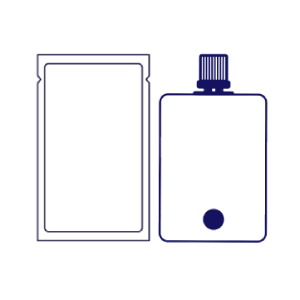Providing dried bood spots is necessary to measure phenylalanine (phe) levels.The ongoing monitoring of these levels is essential; it enables the dietitian to make dietary recommendations to ensure that the levels are maintained within normal ranges. The dietitian will advise on the frequency of blood spot testing required. It is important to provide good quality blood spots. If poor quality blood spots are received by the laboratory, they may not accept them as the results may be inaccurate.
It is important that you, and eventually your child, become used to providing good quality blood spots. If poor quality blood spots are received at the lab, they may not be accepted.
Blood spot samples are drops of blood, about a centimetre in width, that are placed onto a special testing card.
Your hospital team will have already shown you how to take a blood spot sample and will have provided you with all the supplies you need.
Always contact your dietitian or metabolic nurse at the hospital if you have any questions about blood spots or if you need any more blood spot sample supplies.
When your child is still a baby, you will use their heel to collect a blood sample.
As they grow up, you will use their finger or their thumb instead. To encourage blood flow, you should always make sure heels, fingers or thumbs are warm.
Before taking the blood spot sample, check the date on the testing card to make sure it has not expired and that all sections are completed.
These cards may already have a label on them with all your child’s details (it’s still always useful to double check these are correct). If not, you will need to add them to the card.
A step-by-step guide to providing a good quality blood spot sample:




